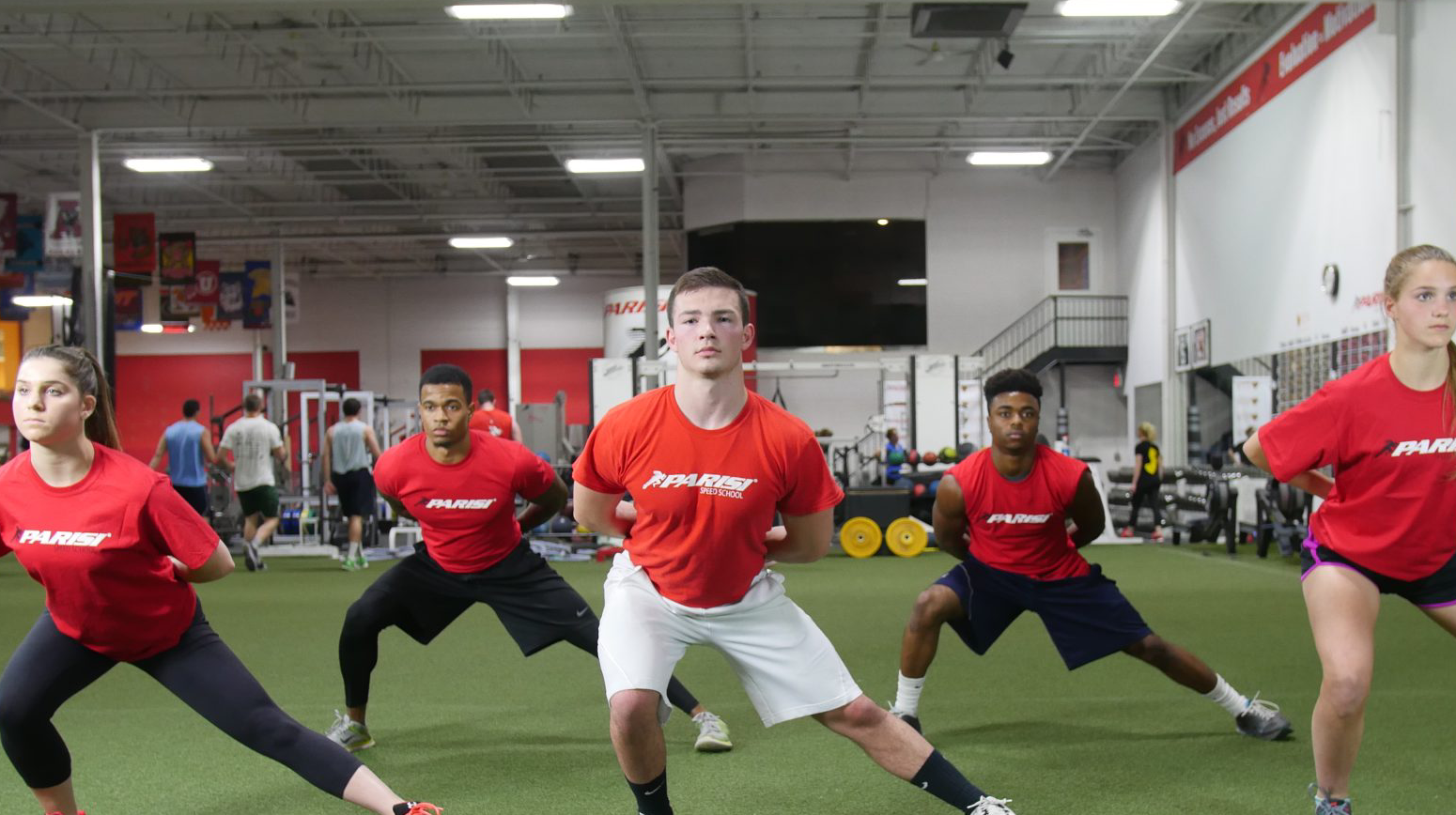Concepts in Rotary Stability and Training The Rotational Athlete
Whether you play Golf, Baseball, Tennis, Lacrosse, Hockey or any other rotary sport, it’s important to understand how to train properly to ensure a healthy, injury free season.
Stationary vs. Non-Stationary Rotational Movements
Stationary– Hitting, Golf Swing
- These movements primarily rely on proper timing of weight shift from trail side to lead side, and they require lateral stability of momentum.
Non-Stationary– Lax Shot, Pitching, Tennis Serve, Volleyball Serve and Hockey shot
- Implements same ideas as stationary movements but also require stabilization of large vertical forces so that energy is not dissipated.
-The ability to create pelvic torque is key. The initiation of the rotary motion begins in the lower body, with energy transferred from the ground up. These lower body mechanics will dictate speed and power. Lack of this “pelvic torque” will just be like spinning on ice, with little or no power.
Vertical Force / Gravity + Horizontal Force / Momentum + Coiled System + Body Rotation + Stabilization = Torque
Single leg stability is crucial. Great rotary athletes will start a lateral shift of weight before the hips start to turn. Hip rotation and weight shift stops during the impact / release zone. This is all determined by the athletes Kinetic linking or sequencing.
Kinetic Linking / sequencing
-Finger tap (stretch shortening)
-Counter movement jump
-Whip = Energy Transfer
-Stability / mobility
Sequences
-Hips
-Shoulders
-Arm
-Hand or (Racket / Club / Stick / Bat)
- All “peak” in this sequence
- Speed is gained at each sequence with max speed being reached at last sequence.
-It doesn’t matter what rotary sport you play, it ALWAYS happens in this sequence.
Training Considerations
- Mobility / Flexibility
- Stability
- Movement
- Strength
- Power
Mobility Primary Axes of Rotation
- Hips
- Thoracic Spine
- Shoulders
- Wrist
Movement Training Drills
- Teach a specific aspect of good rotational mechanics.
- Reactive Neuromuscular Training (RNT) to correct faulty movement patterns.
- Teach the “feeling” of proper motion.
Also Note:
- Strength exercises should be done with rotation (for rotary strength) and with resistance to rotation (for reduced risk of injury).
- When doing medicine ball drills for rotational power, always use a relatively heavy ball; this helps with sequencing.

